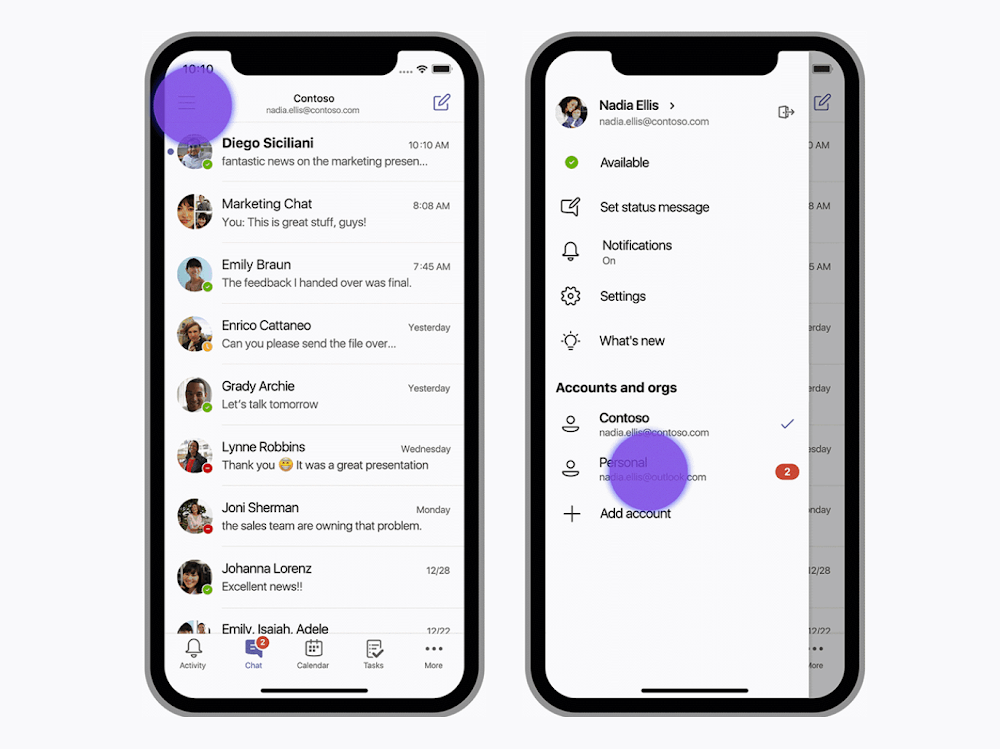The average consumer doesn’t really hear about Microsoft all that much outside of discussions surrounding Windows, and a big part of the reason why that is the case has to do with the fact that a lot of Microsoft’s biggest products are meant for corporate clients and the like. Even LinkedIn, the tech giant’s social media platform, is meant more for people that are looking to network and is hence geared towards corporate usage more than it would be for the average consumer that is just trying to find ways to spend their time on the internet.
With all of that having been said and out of the way, it is important to note that Microsoft Teams is now seeing a change that is announcing Microsoft’s reentry into the consumer facing market. While Microsoft has seen a lot of success and profitability from tackling a business facing approach, losing name recognition with consumers can be a really big problem. This is why Teams, Microsoft’s premier work organizing and office communication app, is now being opened up to the consumers in a really big way.
While initially offered as a simple chat app for consumers, Teams will now have a bunch of features that can make it immensely useful in a personal capacity. Allowing the sharing of documents, calendars as well as personal locations, Microsoft is bringing a lot of features that are traditionally considered to only be useful for corporate customers to the average consumer, and this is a pretty exciting development. It’s interesting to note that Microsoft is not just trying to create another chat app in the vein of WhatsApp or Facebook Messenger, but is instead trying to compete with these already well established chat apps by offering features as well as an entire approach that these other apps might not conform to. This indicates a more consumer focused approach for Microsoft in the near future, and it will be interesting to see what else this approach could potentially end up leading to.

Read next: These are the most (and least) internet friendly cities around the world (infographic)
With all of that having been said and out of the way, it is important to note that Microsoft Teams is now seeing a change that is announcing Microsoft’s reentry into the consumer facing market. While Microsoft has seen a lot of success and profitability from tackling a business facing approach, losing name recognition with consumers can be a really big problem. This is why Teams, Microsoft’s premier work organizing and office communication app, is now being opened up to the consumers in a really big way.
While initially offered as a simple chat app for consumers, Teams will now have a bunch of features that can make it immensely useful in a personal capacity. Allowing the sharing of documents, calendars as well as personal locations, Microsoft is bringing a lot of features that are traditionally considered to only be useful for corporate customers to the average consumer, and this is a pretty exciting development. It’s interesting to note that Microsoft is not just trying to create another chat app in the vein of WhatsApp or Facebook Messenger, but is instead trying to compete with these already well established chat apps by offering features as well as an entire approach that these other apps might not conform to. This indicates a more consumer focused approach for Microsoft in the near future, and it will be interesting to see what else this approach could potentially end up leading to.

Read next: These are the most (and least) internet friendly cities around the world (infographic)
